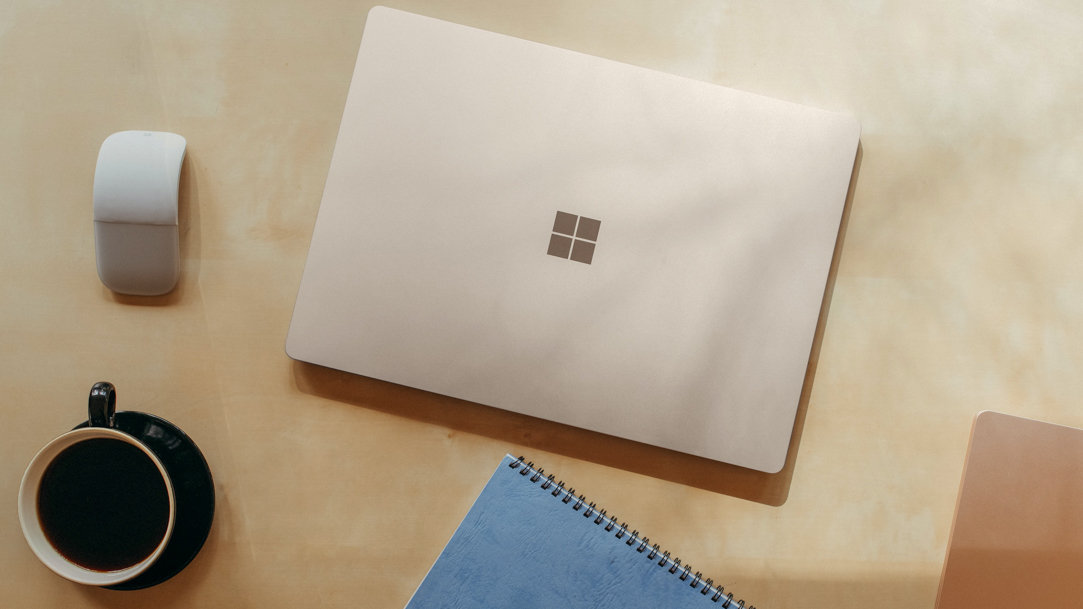
August 08, 2023
How to reset your Surface device
Key takeaways
- A soft reset on a Surface device clears memory and refreshes the OS without deleting personal files, suitable for resolving minor issues.
- Performing a hard reset restores a Surface device to factory settings, erasing all data, ideal for preparing the device for sale or a fresh start.
- Before resetting your Surface device, backing up data to OneDrive is crucial as it ensures easy recovery post-reset, especially after a hard reset.
If you're having issues with your Microsoft Surface device, resetting it to its default settings can be an effective solution. This can resolve any issues you might have with Windows 11, your device’s performance, hard drive space, or other problems. Resetting your device will remove all its data, so you may want to back up your device in a cloud-based storage platform like OneDrive. After you’ve backed up your device, follow these step-by-step instructions to reset your Surface.
Soft vs. hard reset on your Surface
There are two types of resets that you can perform on your Surface device: a soft reset and a hard reset. A soft reset is the simplest way to restart your Surface device: it clears the device's memory and refreshes the operating system, but it doesn't delete your personal files or data. If your Surface device is frozen or unresponsive, forcing a shutdown and restart may be all that's required.
On the other hand, a hard or factory reset erases all your data and returns your Surface device to its original factory settings. This type of reset is useful when you're selling or donating your device, or when you want to start fresh with a clean slate.
Be sure to back up the contents of your hard drive! This is also necessary if you need to send in your Surface for repairs, because your hard drive will be erased. Microsoft OneDrive cloud backup is the easiest way to recover your files after a hard reset, as long as you have an internet connection.
Soft reset your Surface device
To perform a soft reset on your Surface device, follow these steps:
- Press and hold the power button on your device for 30 seconds.
- Release the power button, then wait for 10 seconds.
- Press the power button again to turn on your Surface device.
Instructions will vary based on the Surface model you own; older models may require you to hold down a volume button with the power button. Find your Surface device and get model-specific resetting instructions.
Hard reset your Surface device
To perform a hard reset on your Surface device, follow these steps:
- Select Start > Settings > System > Recovery.
- Select Reset this PC.
- Choose whether you want to keep or remove your personal files.
- Select Cloud download if you have a OneDrive account, or Local reinstall if you’re using an external hard drive.
- Select Reset.
Resetting your Surface device is an effective way to resolve software or performance issues. But that’s just the beginning: be sure to keep your device updated and performing at its best with Windows 11 updates. If you’re resetting your Surface device because you want to sell or donate it, you may be interested in upgrading to a newer model. Use the Help me choose tool to find your next Surface device upgrade.
Products featured in this article

Microsoft Surface

Windows 11

OneDrive
More articles

Best Surface features for online learning
Learn about Microsoft Surface features including long battery life, high-level processing power, and more.

How to update drivers on your Surface device
Keeping its operating system updated helps protect your files and personal information.

The best ways to configure your dual monitor setup with your Surface laptop
Don't settle for less—learn how to double your screen real estate.
